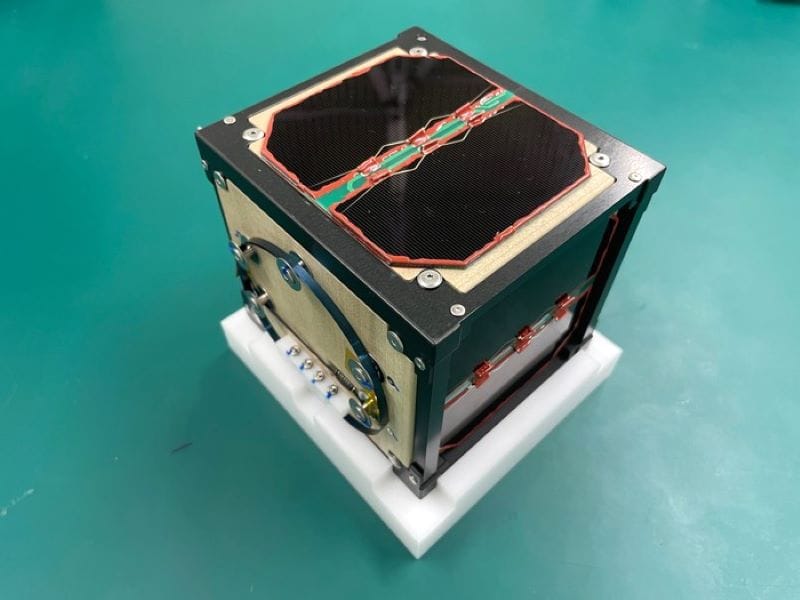LignoSat, the first wooden satellite in the world, was successfully launched into outer space as part of the 31st SpaceX International Space Station resupply mission on November 4, 2024. This innovative satellite was developed through a partnership between students and researchers at Kyoto University and Sumitomo Forestry, under a project known as LignoStella (space timber). The main aim was to explore the use of eco-friendly woods to minimize the release of harmful metal particles into the atmosphere when satellites reenter at the end of their lifecycle.
Materials and Construction
For the structure of the LignoSat, Hinoki wood (Japanese cypress, Chamaecyparis obtusa) sourced from Sumitomo Forestry Monbetsu’s forests was utilized. The assembly of the wooden body employed a traditional joinery technique, "Tomega Kakushi Ariku Mitsugi," which avoids the use of metals or adhesives. To enhance durability, aluminum framing was used to reinforce the outer edges. The satellite, which is the size of a 1U CubeSat, also incorporates electronics, solar panels, and antennas.
Testing and Mission
The development of the LignoSat included thorough testing over four years, focusing on wood degradation under space conditions, radio-frequency emissions, and overall safety during space travel. Once it docks with the ISS, LignoSat will be stored in the JEM Small Satellite Orbital Deployer (J-SSOD) for a while before being released into space for a six-month mission. This mission aims to evaluate the wood’s resilience to the harsh conditions of space and its effectiveness at blocking space radiation.
Amateur Radio Features
For those interested in amateur radio, the LignoSat is equipped with two dipole antennas capable of receiving and transmitting RF signals. Radio operators can send FM messages to the satellite using their call signs and, in return, receive CW messages that are decoded with their call signs and SSIDs. Furthermore, encoded messages like QTH can be decoded and then sent back via an FM downlink to be shown on the project’s website.
If you are eager to create your own CubeSat for a space mission, consider checking out NASA’s "CubeSat 101" document. For model-building enthusiasts, there are CubeSat hobby kits available on Amazon.
Sources include Kyoto University Space Timber Project on X, Kyoto University SIC Human Spaceology Center, and Sumitomo Forestry news release, alongside various platforms like Readyfor and YouTube, which provide insights into the project and its results.


Leave a Reply